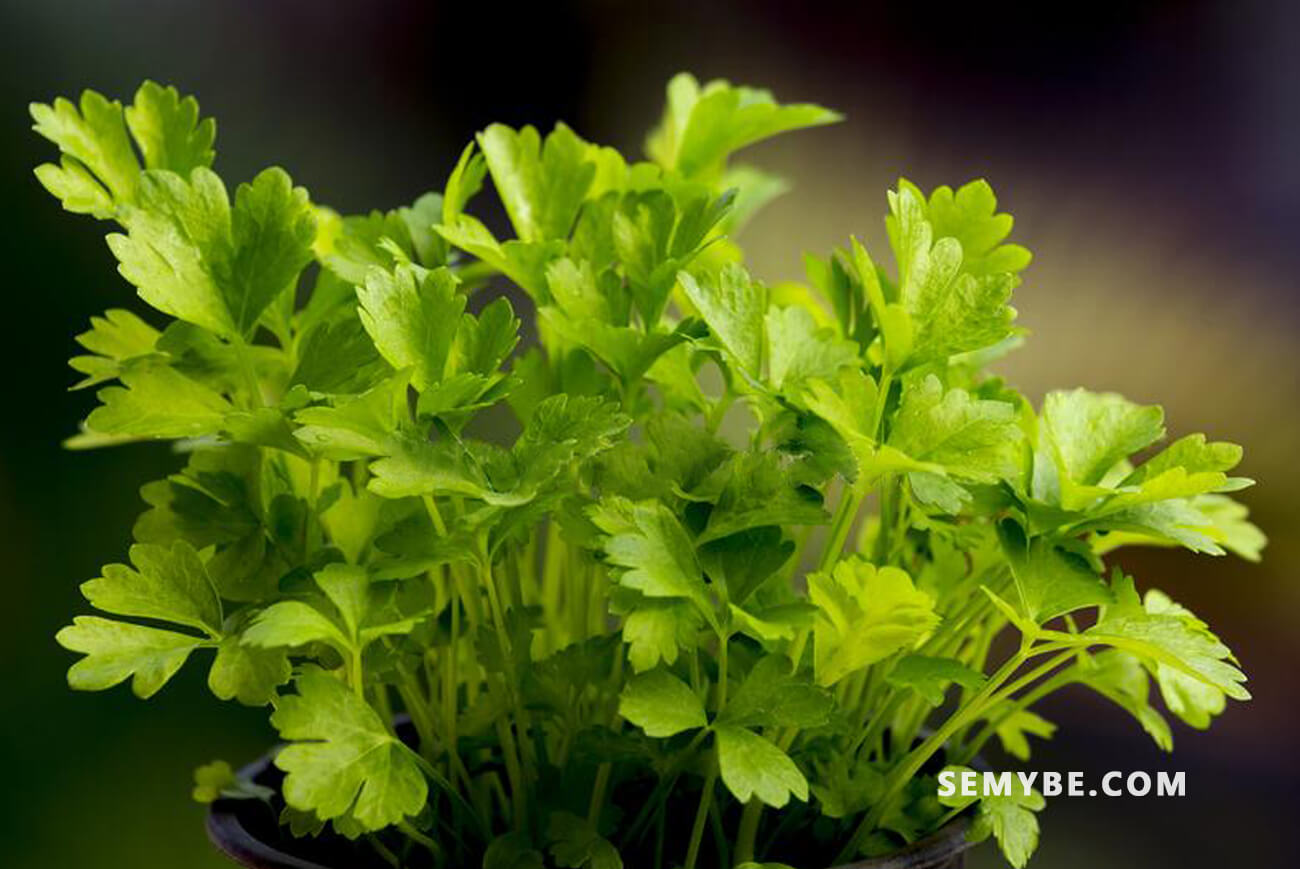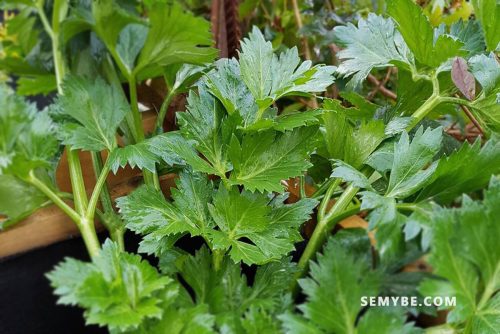
Apium Graveolens
1. History and use
Wild celery is found on the coasts and in the swamps of Western Europe. It is grown as a winter vegetable, sown in the spring and harvested in the middle of the summer until autumn.
2. Description of the plant
More commonly used as vegetables than as medicines, celery branches and seeds treat unary disorders, rheumatism or arthritis, diuretic. Celery helps cleanse the body by eliminating toxins Its seeds effectively suppress gases bowel movements and air refreshing. They relieve abdominal pain associated with bloating.

3. Curative action
- An ancient use
Celery has been cultivated for at least 3,000 years, especially in ancient Egypt. In the 5th century BC, the Chinese knew this plant already. In the course of history, celen has always been consumed as a food and at various times the entire plant and seeds have been used for medicinal purposes.
- Depurative properties
Today, seeds are used to treat gout and certain rheumatism. They rid the kidneys of their waste and reduce the acidity of the body. The seeds also treat arthritis in detoxifying the body and improving blood circulation in muscles and joints.
- A diuretic agent
Celen seeds have a mild diuretic action and a great antiseptic effect. Effective against cystitis, they disinfect the bladder and unary channels.
- A nutritious drink
Celen juice mixes and carrot juice help combat many chronic diseases.
- Other uses
Celen seeds treat lung diseases, such as asthma and bronchitis, and, together with other plants, reduce hypertension.
4. Uses
Seed infusion To treat gout and arthritis, drink a cup with 1.5 g of seeds every day.
Tincture of seeds against rheumatism take 30 drops 3 times a day.
Powder Seeds To cure arthritis add a teaspoon every day to food.




